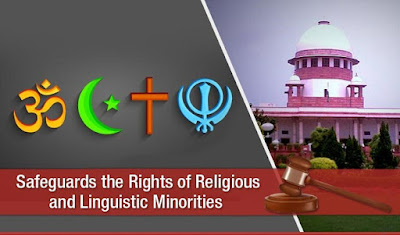Which Road to Social Revolution ?

Which Road to Social Revolution ? Since the End of First World War , there were two revolutions running parallel in India , the national and the social revolution . It was believed that the national revolution would be completed with the independence but the social revolution must go on . According to K. Santhanam a prominent southern member of the Assembly , there were three revolutions at that time , Political , Social and Economic revolution . The political revolution would end with independence . The social revolution meant to get India out of the medievalism based on birth , religion , custom , and community and reconstruct her social structure on modern foundations of law , individual merit , and secular education . The third revolution was an economic one , which was the transition from primitive rural economy to scientific and planned agriculture and industry . The Constituent Assembly's task was to draft a









